Missions to Saturn
| Mission |
Country |
Launch Date |
Arrival Date |
Type |
Encounter Characteristics |
|
| Pioneer 11 |
USA |
April 6, 1973 |
September 1, 1979 |
Flyby |
Transmitted low-resolution images and other data about Saturn.
Discovered additional rings and moons not previously known |
| Voyager 1 |
USA |
September 5, 1977 |
November 13, 1980 |
Flyby |
900 images of Saturn's moons
Major discoveries were the unexpected complexity of the rings and
the true nature of Titan's atmosphere. |
| Voyager 2 |
USA |
August 20, 1977 |
August 26, 1981 |
Flyby |
1150 images of Saturn's moons
Had a scan platform malfunction, yet virtually all objectives were
met. |
| Cassini |
USA, ESA, Italy |
October 13, 1997 |
July 1, 2004 |
Orbiter/Atmospheric probe |
12 science experiments will help scientists understand Saturn's moons, rings, atmosphere, and magnetosphere.
Huygens, an atmospheric probe carried aboard Cassini, will parachute through Titan's atmosphere. |
 An Overview of Space Exploration
An Overview of Space Exploration
You might also be interested in:
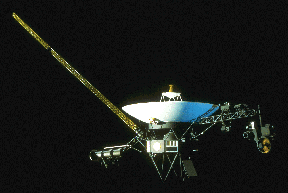
Unexpected discoveries made by the two Voyager spacecrafts during their visits to the four largest planets in our solar system have changed the field of space science. Voyager 2 was launched on Aug. 2
...more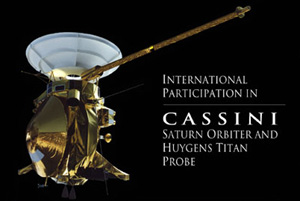
Cassini is the name of a robot spacecraft. Cassini is studying the planet Saturn. It is also studying many of Saturn's moons and Saturn's cool rings. Cassini blasted off from Earth in 1997. It took Cassini
...more
Cassini is on its way to Saturn. It will take the Cassini spacecraft over 6 years to get to Saturn. Cassini was launched on a rocket early in the morning on October 15. The Cassini spacecraft is a big
...more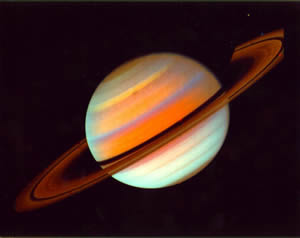
Saturn is the second largest planet in our solar system. It is also very bright in the sky. The ancient Greeks named the planet after the god of farming and time. The rings of Saturn were first seen by
...more
The clouds of Saturn are much less colorful than those of Jupiter. This is because Saturn's atmosphere is made of more sulfur. Sulfur makes Saturn look yellow. The atmosphere of Saturn, like Jupiter, is
...more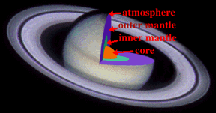
The Giant planets do not have the same kind of layers inside that the earth-like planets do. The history of the giant planets was so different that they formed with much more gas on the inside. Saturn
...more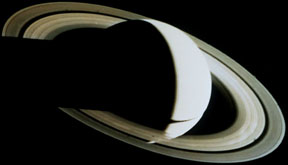
Have you ever seen a picture of Saturn's rings? If you have ever seen a picture of Saturn, it's likely you saw its rings too! The rings are very pretty and many colors. They circle around the middle of
...more
 An Overview of Space Exploration
An Overview of Space Exploration












